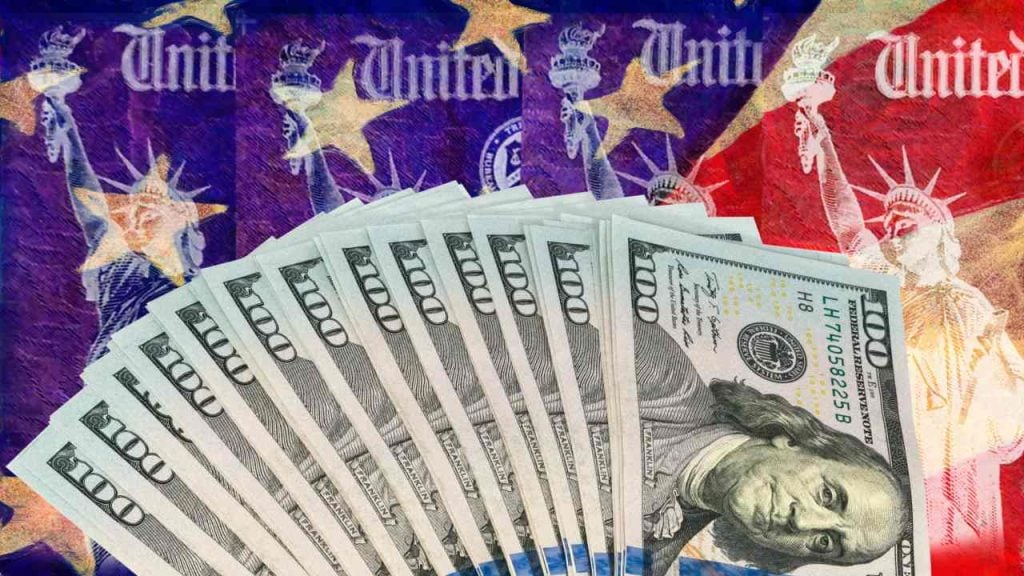While many U.S. taxpayers still wonder if there will be a fourth stimulus check in 2025, the current reality focuses more on closed doors than new relief. The critical deadlines to claim past payments have already passed, leaving some with no way to recover missed funds.
Even the window to request the third stimulus check closed for good on April 15, 2025, marking the end of the three-year period to claim refunds, including the $1,400 Recovery Rebate Credit for 2021.
But, was that our last chance to claim a federal stimulus check?
The details of past payments are clear. The first relief, distributed in 2020, offered up to $1,200 for individuals or $2,400 for married couples, plus $500 per qualifying child under 17. The second, issued in early 2021, dropped to $600 per person and per eligible child.
The third, the most generous per dependent, was $1,400 per eligible individual, including dependents with no age limit. But we must emphasize: the chance to claim these past payments, especially the third, has expired.
For those who believe they may still be owed money, the smartest move is to work directly with the IRS or consult a reputable tax professional. They can help you verify eligibility and guide you on any remaining refundable credits within your regular tax return.
However, you’ve got to understand that if you didn’t claim them on time, those past stimulus funds are likely gone for good.
In parallel, beware of misinformation: Despite viral rumors on social media promising a new $2,000 stimulus check, neither Congress nor the IRS has announced—let alone confirmed—a fourth stimulus payment.
Tax fraud experts strongly urge taxpayers to be extremely cautious. Avoid unofficial websites, suspicious emails, or messages offering to “register” for a new payment—these are often scams designed to steal personal or financial data.
Tax refunds are ACTUALLY being sent to eligible taxpayers
For those waiting for IRS refunds in 2025 (unrelated to past stimulus checks), the tracking process is straightforward. The official “Where’s My Refund?” tool on IRS.gov is the trusted source. Enter your Social Security Number, filing status, and exact refund amount. Updates are daily. Direct deposit refunds typically arrive within 21 days after e-filing. Paper checks may take 6 to 8 weeks.
Some states, like Pennsylvania, offer their own refund-tracking portals, operating similarly to the federal tool. If you live there, check your state’s official revenue department channels. The key in all cases is patience and using only official information sources.
While the idea of another stimulus check remains appealing to some, there is no verified legislative plan in Congress to make it happen soon. The IRS is currently focused on processing this year’s tax returns and managing existing credits.
